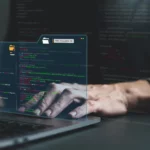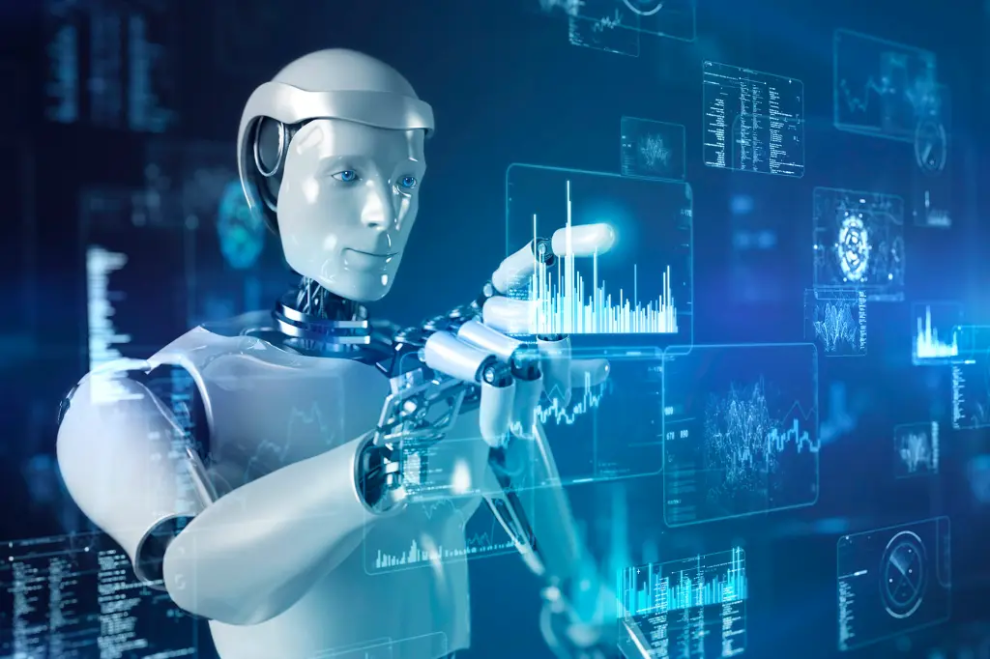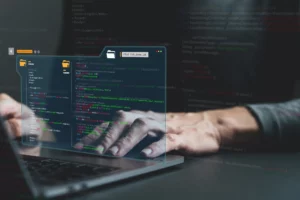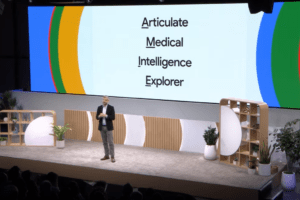Imagine robots seamlessly navigating crowded streets, effortlessly manipulating delicate objects, and engaging in natural social interactions. This futuristic vision might seem years away, but thanks to advancements in Virtual Reality (VR) and simulation environments, it’s closer than you think. Let’s delve into the fascinating world of how these technologies are revolutionizing robot training in three key areas: navigation, manipulation, and social interactions.
Navigating the Unknown:
Gone are the days of clunky robots bumping into walls. VR environments create highly realistic simulations of diverse terrains, from busy intersections to disaster zones. Equipped with sensors and cameras, robots navigate these digital worlds, learning to interpret visual cues, avoid obstacles, and plan optimal routes. The beauty of VR lies in its infinite adaptability. Trainers can generate countless scenarios, exposing robots to various weather conditions, unexpected events, and dynamic situations. This immersive training equips robots with the flexibility and decision-making skills needed to thrive in the real world.
Masters of Manipulation:
Imagine a robot chef flawlessly wielding a spatula or a surgeon performing delicate procedures with robotic precision. These feats require more than just brute strength. Simulation environments provide the perfect platform for honing manipulation skills. Robots can practice interacting with virtual objects of varying shapes, sizes, and textures, refining their grip, force control, and movement coordination. The benefits extend beyond physical tasks. Simulations can model complex interactions with tools and machinery, preparing robots for industrial applications or even assisting with household chores.

The Art of Social Grace:
As robots integrate into our lives, the ability to understand and respond to human behavior becomes crucial. VR simulations step in as virtual training grounds for social interaction. Robots can engage with avatars programmed to exhibit different emotions, body language, and communication styles. Through trial and error, they learn to interpret these cues, adjust their responses accordingly, and develop natural social skills. Imagine a robot receptionist able to read facial expressions and adapt its tone to each guest, or a robot companion capable of offering emotional support tailored to individual needs. The possibilities are endless!
Benefits Beyond Training:
VR and simulation environments offer more than just training benefits. They provide a safe and controlled space for testing new algorithms and robot designs without risking damage or injury. Additionally, they allow for efficient data collection, enabling researchers to analyze robot behavior and refine their algorithms. This constant feedback loop accelerates the development process, leading to faster advancements in robot capabilities.
The Road Ahead:
While VR and simulation technologies offer immense potential, challenges remain. Creating truly realistic virtual environments that fully replicate the complexities of the real world is an ongoing pursuit. Additionally, ensuring robots can transfer their learned skills from the virtual to the physical world requires further research and development.
Conclusion:
As VR and simulation environments continue to evolve, their impact on robot training will only grow. From navigating bustling streets to mastering delicate tasks and engaging in meaningful social interactions, these technologies are shaping the future of robotics. These advancements hold the promise of robots that are not just efficient tools, but capable companions and collaborators, seamlessly integrated into our everyday lives. The future is here, and it’s a virtual reality waiting to be explored.
















Add Comment